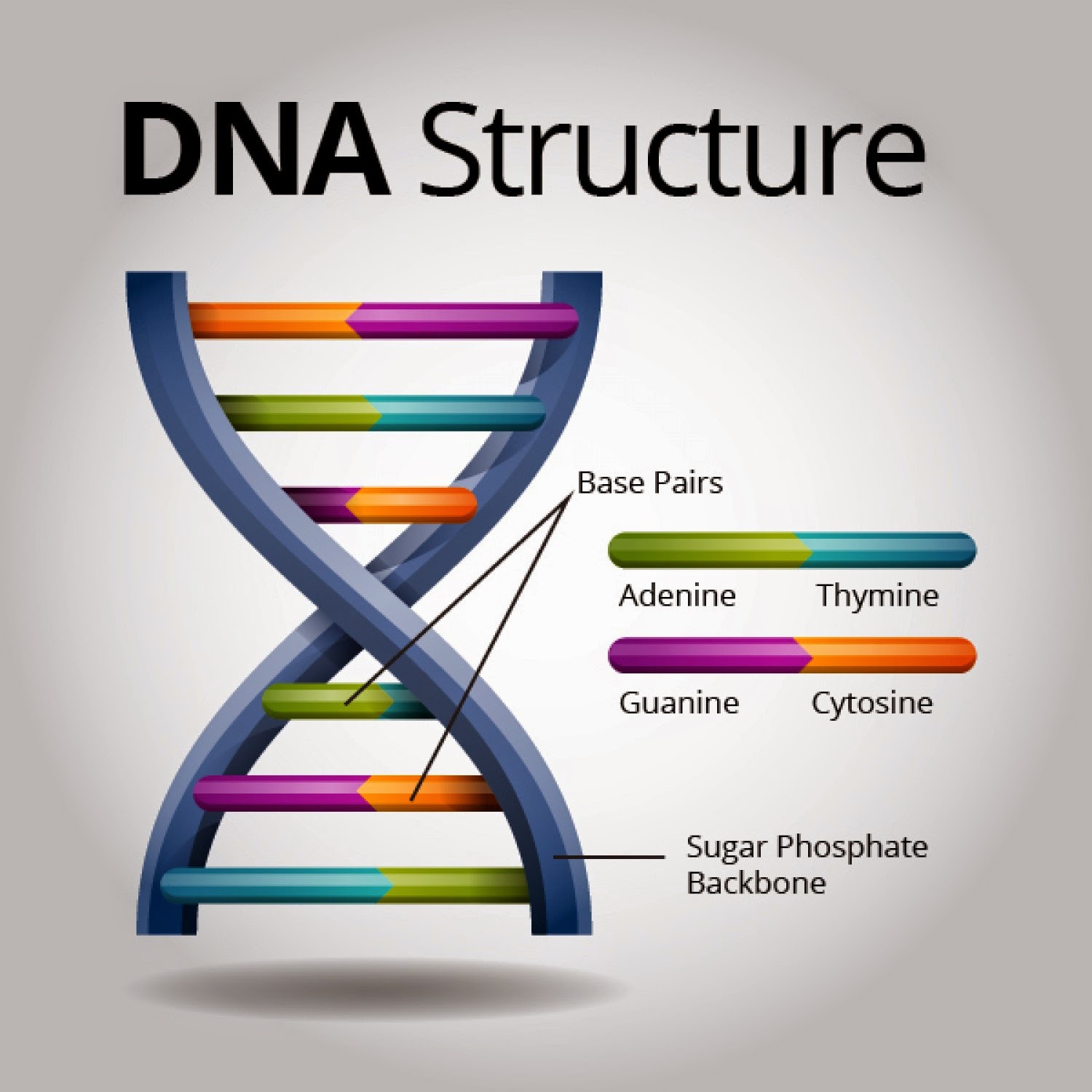The utilization of deoxyribonucleic acid, more commonly known as DNA, in forensic science has revolutionized criminal investigations. It’s almost commonplace now to hear of a case hinging on a DNA match. But when did this paradigm shift, this momentous intersection of molecular biology and the pursuit of justice, actually occur?
The timeline, tracing back to the mid-1980s, reveals a gradual ascent, a series of pivotal experiments, and ultimately, a landmark case that etched DNA fingerprinting into the annals of legal history. It’s a story of scientific ingenuity meeting legal challenges. A story that compels us to question how information gleaned from our very building blocks can be wielded so effectively.
The history of DNA fingerprinting’s application in criminal justice is multifaceted. It involves several key milestones. These include the initial discovery of DNA polymorphisms, the development of techniques for visualizing these differences, and the subsequent legal battles to establish the admissibility of this novel evidence in courtrooms.
I. The Dawn of DNA Fingerprinting: Alec Jeffreys’ Breakthrough
Professor Sir Alec Jeffreys, a British geneticist at the University of Leicester, is widely credited with developing the first DNA fingerprinting technique. In 1984, Jeffreys, while investigating inherited diseases, stumbled upon the existence of highly variable regions in human DNA. These regions, now known as variable number tandem repeats (VNTRs), exhibited substantial differences in length between individuals. This discovery had immense implications.
Jeffreys realized that these VNTRs could serve as unique identifiers, much like fingerprints. Imagine the possibilities. This realization was the catalyst for the development of DNA fingerprinting, a technique that allowed scientists to create a unique genetic profile for each individual. The implications for forensic science were immediately apparent.
II. The Enderby Murders: A Case Study in Innovation
The first use of DNA fingerprinting in a criminal investigation occurred in the Enderby murders case in Leicestershire, England, in 1983 and 1986. Two young girls, Lynda Mann and Dawn Ashworth, were tragically raped and murdered. Initial investigations focused on a suspect, Richard Buckland, who confessed to one of the murders but vehemently denied involvement in the other. Traditional forensic techniques, such as blood typing, were inconclusive. This is where DNA analysis stepped in.
Law enforcement, in collaboration with Jeffreys, decided to utilize DNA fingerprinting to analyze samples from the crime scenes and compare them to Buckland’s DNA. The results were definitive: Buckland’s DNA did not match the semen samples collected from the victims. This exonerated him from the murders. This acquittal underscored the power of DNA technology.
III. A Dragnet and a Confession: Refining the Process
Recognizing the potential of DNA fingerprinting, the police launched a massive DNA screening program, the first of its kind, targeting thousands of men in the Enderby area. The goal was to identify the true perpetrator. This initiative, while groundbreaking, raised ethical concerns about privacy and potential misuse of genetic information. It was a massive undertaking. The police collected over 5,000 samples. This was not a simple undertaking, but a landmark move.
The dragnet eventually led to the apprehension of Colin Pitchfork, a local baker. He had initially evaded screening by convincing a colleague to provide a sample in his stead. However, this deception was uncovered, and Pitchfork was compelled to provide his own DNA sample. The DNA fingerprint matched the semen samples from both crime scenes. Pitchfork confessed to both murders. He was subsequently convicted and sentenced to life imprisonment.
IV. Legal Hurdles and the Rise of PCR: Solidifying Admissibility
The Enderby murders case not only demonstrated the power of DNA fingerprinting but also highlighted the legal challenges associated with its admissibility in court. Defense attorneys questioned the reliability and validity of the new technology. They raised concerns about laboratory protocols, statistical interpretation, and potential for human error. These were legitimate concerns that needed to be addressed.
To address these concerns, rigorous standards for DNA testing and analysis were established. These standards included proficiency testing for laboratory personnel, accreditation of forensic laboratories, and the use of validated methods. Simultaneously, advancements in molecular biology, such as the development of the polymerase chain reaction (PCR), revolutionized DNA analysis. PCR allowed scientists to amplify minute amounts of DNA, making it possible to analyze samples that were previously too small or degraded.
V. Expanding Applications and the DNA Database Era
Following the successful application of DNA fingerprinting in the Enderby murders case, the technology rapidly spread to other jurisdictions. The United States, Canada, and other countries began implementing DNA analysis in criminal investigations. The use of DNA evidence quickly became a standard practice in forensic science.
The establishment of national DNA databases, such as the Combined DNA Index System (CODIS) in the United States, further enhanced the power of DNA forensics. These databases allowed law enforcement to compare DNA profiles from crime scenes to a vast repository of known offender profiles, greatly increasing the likelihood of identifying perpetrators. The implications were far-reaching.
VI. The Enduring Legacy: Accuracy and Ethical Considerations
The introduction of DNA fingerprinting to solve crime wasn’t just a singular event. It was a paradigm shift. It demonstrated the profound impact that scientific innovation could have on the pursuit of justice. While DNA evidence is not infallible, it has proven to be remarkably accurate and reliable. It has exonerated innocent individuals and convicted countless perpetrators of heinous crimes.
However, the use of DNA technology in criminal justice also raises important ethical considerations. Issues such as privacy, data security, and potential for bias must be carefully addressed to ensure that this powerful tool is used responsibly and ethically. The debate continues to this day. DNA fingerprinting’s use highlights not only our understanding of biology but our evolving concepts of justice and individual liberty.










Leave a Comment